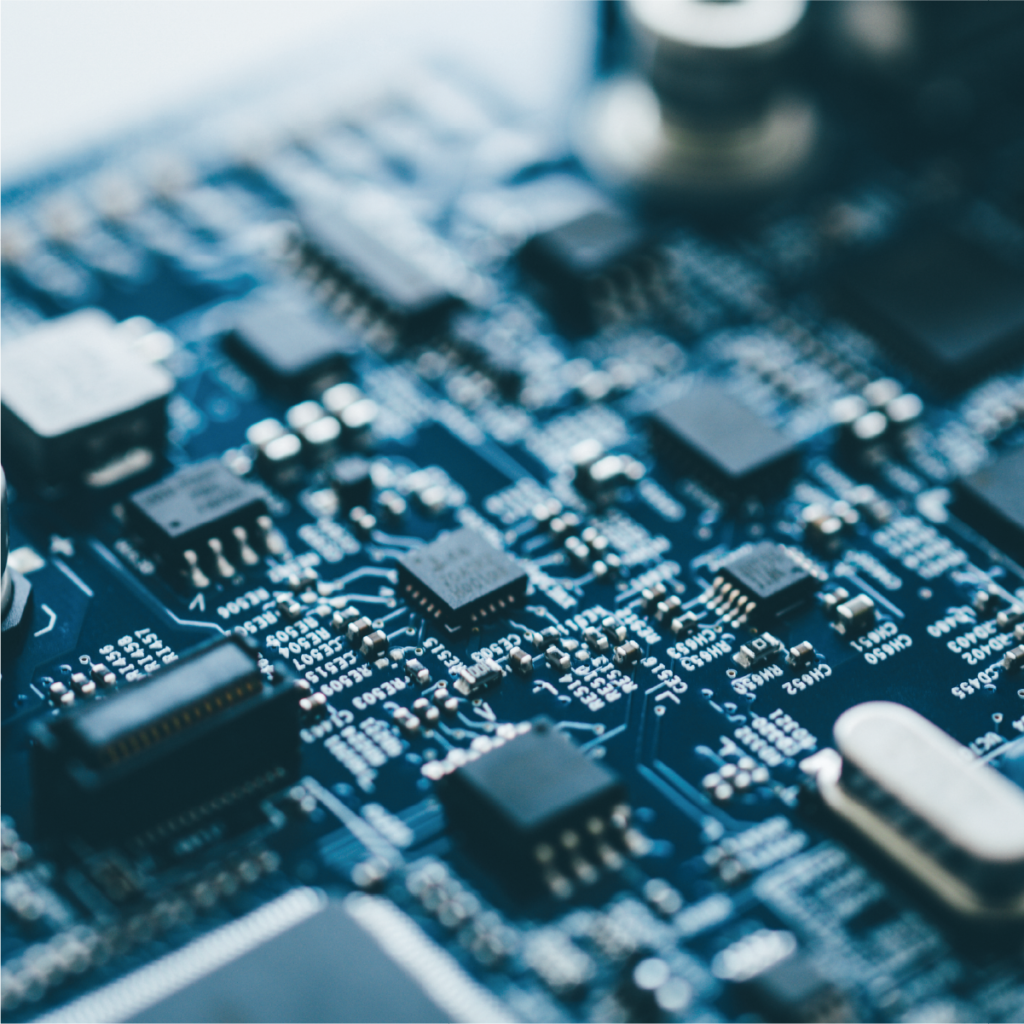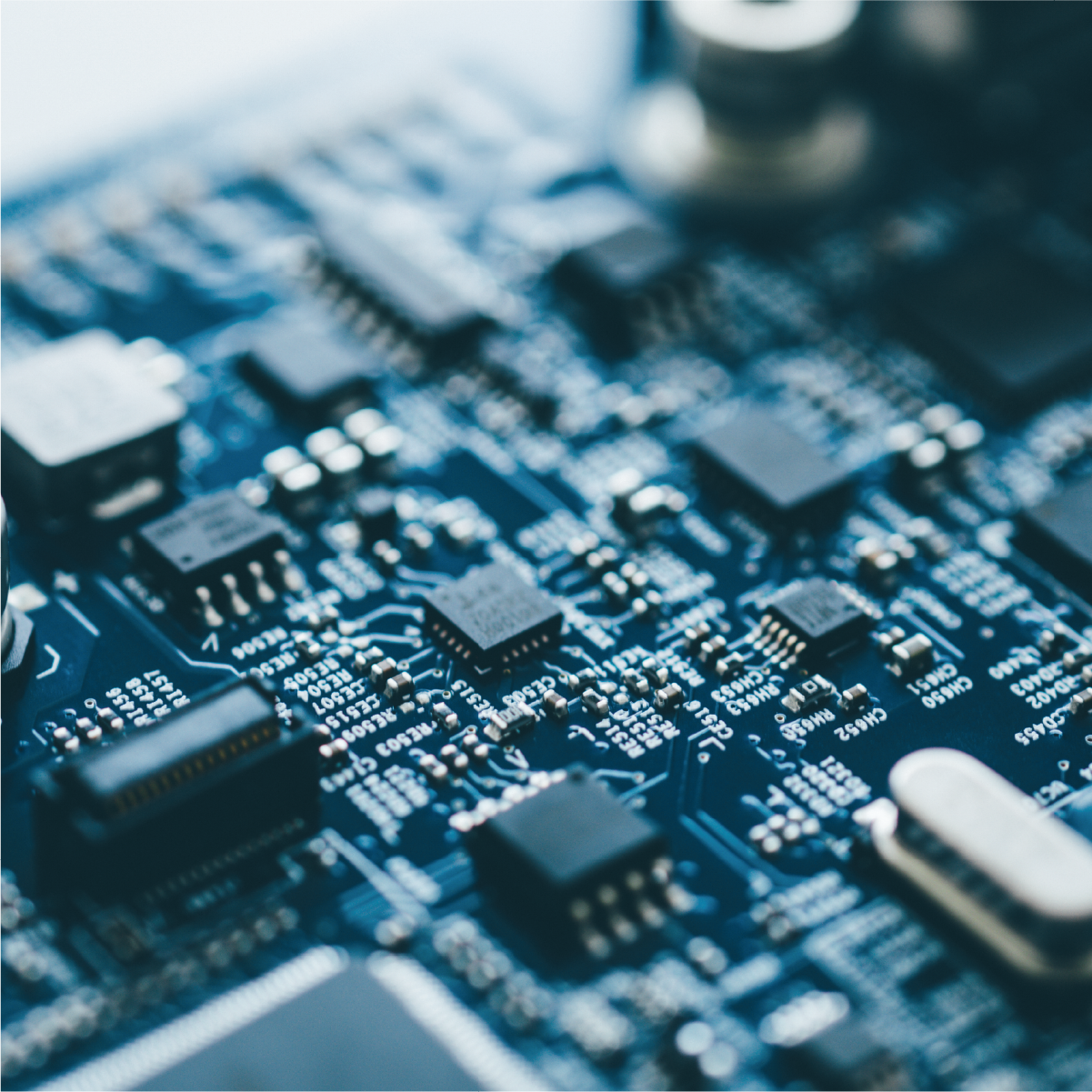

Objective
This SBIR Direct to Phase II project will design and develop a 1 kW Enzyme based Fuel Cell capable of silent power generation and very high efficiency. An enzyme fuel cell is an excellent power source for electric vehicle range extension, auxiliary power, or robotic power for payloads. The technology is based on the use of enzymes to “digest” hydrocarbons successfully demonstrated on the clean up of oil spills and on lab scale demonstrations of JP-8 fuel to generate Hydrogen for use in fuel cells producing electrical power. A proof of concept 1 kW fully developed fuel cell is needed to verify the >70% JP-8 fuel to electric power efficiency as well as to determine the acoustic and thermal characteristics of this system.
Description
The purpose of this Direct to Phase 2 topic is to develop an enzyme fuel cell power generation system that uses JP-8 fuel to produce electrical power at high efficiency (>70%).
Currently, Large engines can get in the 40-50% efficiency range, but this is not likely using JP-8 fuel. Small engines can get in the 20-25% efficiency range but are very loud. Current JP-8 fuel cells utilizing fuel reformer technology is large and heavy, with 30% efficiency.
However, leveraging enzyme technology, JP-8 fuel cells can eliminate the need for the fuel reformer, leading to efficiencies over 70%. This concept will be successful because it leverages demonstrated technology utilizing enzyme hydrocarbon digestion. Engineering challenges, integration, and system scale up remain and will be the focus of this effort.
Enablement of cognitive ability and cognitive diversity offers pathways of discovery beyond identification of system nodes and their attributes. The vision behind this form of research is the generation of greater understanding of system behaviors (in context of operational variables) through exploration of system edges. The research seeks to support the development of methodologies for collectively identifying, examining, and systematically integrating edge attributes (e.g. relationship strategies, motivations, and expected outcomes) into a collaborative analytic platform for operational and strategic staffs to determine patterns of system behaviors within OEs. Central to this development is a novel integration of artist into the design and development process for this effort. As critical as the development of an analysis capability that can capture complex and dynamic system behavior that reveals actionable levers of control within that system with a focus on edge attributes, is the development of a visualization capability that both captures the richness and complexity of the system behavior in the OE, while, making it readily understandable what the levers of control are in the multi-domain environment and providing the ‘why’ and ‘how’ of these levers by providing a human understandable causal links to these levers. The key here is both to reduce the cognitive burden and training requirement for the tool, while providing the warfighter a capability that answers the critical “so what” question for the commander.
Phase I
This Direct to Phase II will require demonstration of a 1 kW JP-8 fuel cell system with an enzyme hydrocarbon digester. A Lab-scale prototype with an electrode area of at least 1 cm2 is encouraged. Companies must show the following technical feasibility to show proof of concept in Phase I: (1) enzyme activity already digests hydrocarbon fuels at a wide range of temperatures; (2) JP-8 fuel cell must have been evaluated in a lab-scale prototype with an electrode area of at least 1 cm2; and (3) must provide initial design concepts, start-up time estimations, scaling calculations and energy loss models.
Phase II
Continue enzyme development to improve system performance. Develop a small-scale system and test the system to demonstrate high efficiency (>70%). Scale up the size of cells and design the mechanical structure for both larger cells and stack-level components. Design, build, and demonstrate a 1 kW JP-8 fuel cell system with an enzyme hydrocarbon digester. Perform a feasibility study on scaling up the power of the system to future customer power requirements.
Phase III
Scale up to customer designed power range (5 kW, 10 kW, 25 kW). While this topic is mainly geared towards aviation use cases, the creation and adoption of this technology has the potential to significant contribute to the commercial adoption and success of electric vehicles.
For the actual submission dates and to submit your full proposal package, visit the DSIP Portal.

References:
Svoboda, Vojtech and Atanassov, Plamen, “Enzymatic Fuel Cell Design, Operation, and Application”, May 2014
Objective
This SBIR Direct to Phase II project will design and develop a 1 kW Enzyme based Fuel Cell capable of silent power generation and very high efficiency. An enzyme fuel cell is an excellent power source for electric vehicle range extension, auxiliary power, or robotic power for payloads. The technology is based on the use of enzymes to “digest” hydrocarbons successfully demonstrated on the clean up of oil spills and on lab scale demonstrations of JP-8 fuel to generate Hydrogen for use in fuel cells producing electrical power. A proof of concept 1 kW fully developed fuel cell is needed to verify the >70% JP-8 fuel to electric power efficiency as well as to determine the acoustic and thermal characteristics of this system.
Description
The purpose of this Direct to Phase 2 topic is to develop an enzyme fuel cell power generation system that uses JP-8 fuel to produce electrical power at high efficiency (>70%).
Currently, Large engines can get in the 40-50% efficiency range, but this is not likely using JP-8 fuel. Small engines can get in the 20-25% efficiency range but are very loud. Current JP-8 fuel cells utilizing fuel reformer technology is large and heavy, with 30% efficiency.
However, leveraging enzyme technology, JP-8 fuel cells can eliminate the need for the fuel reformer, leading to efficiencies over 70%. This concept will be successful because it leverages demonstrated technology utilizing enzyme hydrocarbon digestion. Engineering challenges, integration, and system scale up remain and will be the focus of this effort.
Enablement of cognitive ability and cognitive diversity offers pathways of discovery beyond identification of system nodes and their attributes. The vision behind this form of research is the generation of greater understanding of system behaviors (in context of operational variables) through exploration of system edges. The research seeks to support the development of methodologies for collectively identifying, examining, and systematically integrating edge attributes (e.g. relationship strategies, motivations, and expected outcomes) into a collaborative analytic platform for operational and strategic staffs to determine patterns of system behaviors within OEs. Central to this development is a novel integration of artist into the design and development process for this effort. As critical as the development of an analysis capability that can capture complex and dynamic system behavior that reveals actionable levers of control within that system with a focus on edge attributes, is the development of a visualization capability that both captures the richness and complexity of the system behavior in the OE, while, making it readily understandable what the levers of control are in the multi-domain environment and providing the ‘why’ and ‘how’ of these levers by providing a human understandable causal links to these levers. The key here is both to reduce the cognitive burden and training requirement for the tool, while providing the warfighter a capability that answers the critical “so what” question for the commander.
Phase I
This Direct to Phase II will require demonstration of a 1 kW JP-8 fuel cell system with an enzyme hydrocarbon digester. A Lab-scale prototype with an electrode area of at least 1 cm2 is encouraged. Companies must show the following technical feasibility to show proof of concept in Phase I: (1) enzyme activity already digests hydrocarbon fuels at a wide range of temperatures; (2) JP-8 fuel cell must have been evaluated in a lab-scale prototype with an electrode area of at least 1 cm2; and (3) must provide initial design concepts, start-up time estimations, scaling calculations and energy loss models.
Phase II
Continue enzyme development to improve system performance. Develop a small-scale system and test the system to demonstrate high efficiency (>70%). Scale up the size of cells and design the mechanical structure for both larger cells and stack-level components. Design, build, and demonstrate a 1 kW JP-8 fuel cell system with an enzyme hydrocarbon digester. Perform a feasibility study on scaling up the power of the system to future customer power requirements.
Phase III
Scale up to customer designed power range (5 kW, 10 kW, 25 kW). While this topic is mainly geared towards aviation use cases, the creation and adoption of this technology has the potential to significant contribute to the commercial adoption and success of electric vehicles.
For the actual submission dates and to submit your full proposal package, visit the DSIP Portal.
References:
Svoboda, Vojtech and Atanassov, Plamen, “Enzymatic Fuel Cell Design, Operation, and Application”, May 2014
